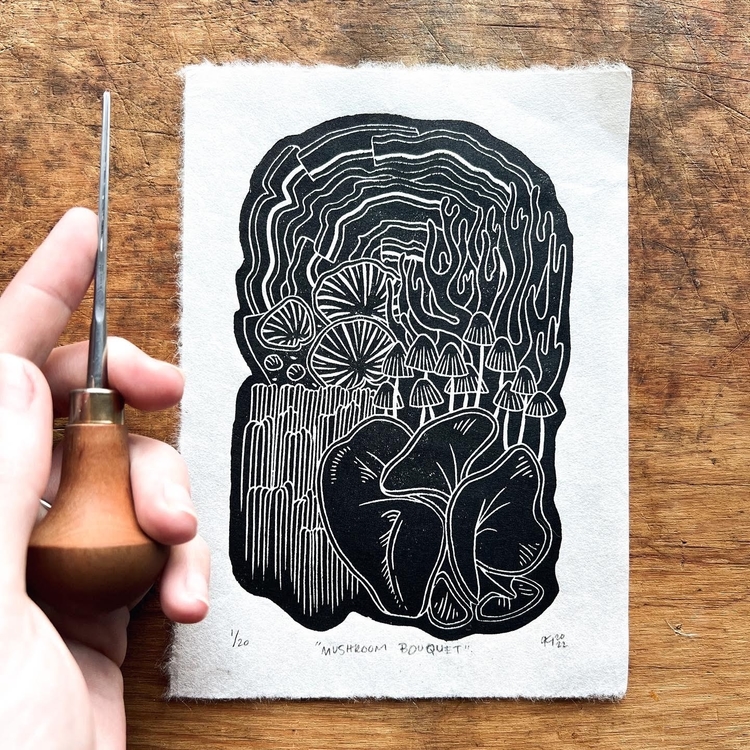Exploring the Distinctions: Additive Printing vs. Subtractive Printing
3 min read
In the world of printing, there are two primary methods that dominate the industry: additive printing and subtractive printing. These techniques have revolutionized the way we create physical objects, from prototypes to finished products. Understanding the differences between additive and subtractive printing is crucial for anyone involved in the manufacturing or design field. In this article, we will delve into the intricacies of these two printing methods, exploring their processes, advantages, and applications.
- Additive Printing:
Additive printing, also known as 3D printing or additive manufacturing, is a process that involves building objects layer by layer. It starts with a digital model that is sliced into thin cross-sections. These slices are then printed one on top of another, gradually forming the final object. Additive printing utilizes various materials, such as plastics, metals, ceramics, and even living cells, to create three-dimensional structures.
Advantages of Additive Printing:
- Design Freedom: Additive printing allows for complex geometries and intricate designs that are difficult or impossible to achieve with traditional manufacturing methods.
- Cost-Effective Prototyping: It enables rapid prototyping, reducing the time and cost associated with traditional prototyping techniques.
- Customization: Additive printing enables personalized and customized products, catering to individual needs and preferences.
- Waste Reduction: It minimizes material waste as only the required amount is used in the printing process.
Applications of Additive Printing:
- Product Development: Additive printing is widely used in product development to create prototypes, test designs, and iterate quickly.
- Medical Field: It has revolutionized healthcare by enabling the production of custom prosthetics, implants, and surgical models.
- Aerospace Industry: Additive printing is used to manufacture lightweight and complex components for aircraft, reducing fuel consumption and enhancing performance.
- Subtractive Printing:
Subtractive printing, also known as CNC machining or subtractive manufacturing, involves removing material from a solid block to create the desired shape. It starts with a digital model, which is translated into instructions for a computer-controlled machine. The machine then uses cutting tools to remove excess material, shaping the object.
Advantages of Subtractive Printing:
- Material Versatility: Subtractive printing can work with a wide range of materials, including metals, plastics, wood, and composites.
- Surface Finish: It produces high-quality surface finishes, making it suitable for applications where aesthetics are crucial.
- Precision: Subtractive printing offers excellent dimensional accuracy and tight tolerances, making it ideal for intricate and precise parts.
Applications of Subtractive Printing:
- Industrial Manufacturing: Subtractive printing is extensively used in mass production, where high volumes of parts need to be manufactured quickly and accurately.
- Automotive Industry: It is employed to create engine components, chassis parts, and other critical automotive elements.
- Architecture and Construction: Subtractive printing is utilized to fabricate architectural models, molds, and intricate building components.
Conclusion:
In conclusion, additive printing and subtractive printing are two distinct methods that have transformed the manufacturing landscape. Additive printing excels in design freedom, customization, and waste reduction, making it ideal for prototyping and complex geometries. On the other hand, subtractive printing offers material versatility, precision, and superior surface finishes, making it suitable for mass production and applications requiring high accuracy. Understanding the differences between these two techniques is essential for selecting the most appropriate method based on specific requirements and constraints.

